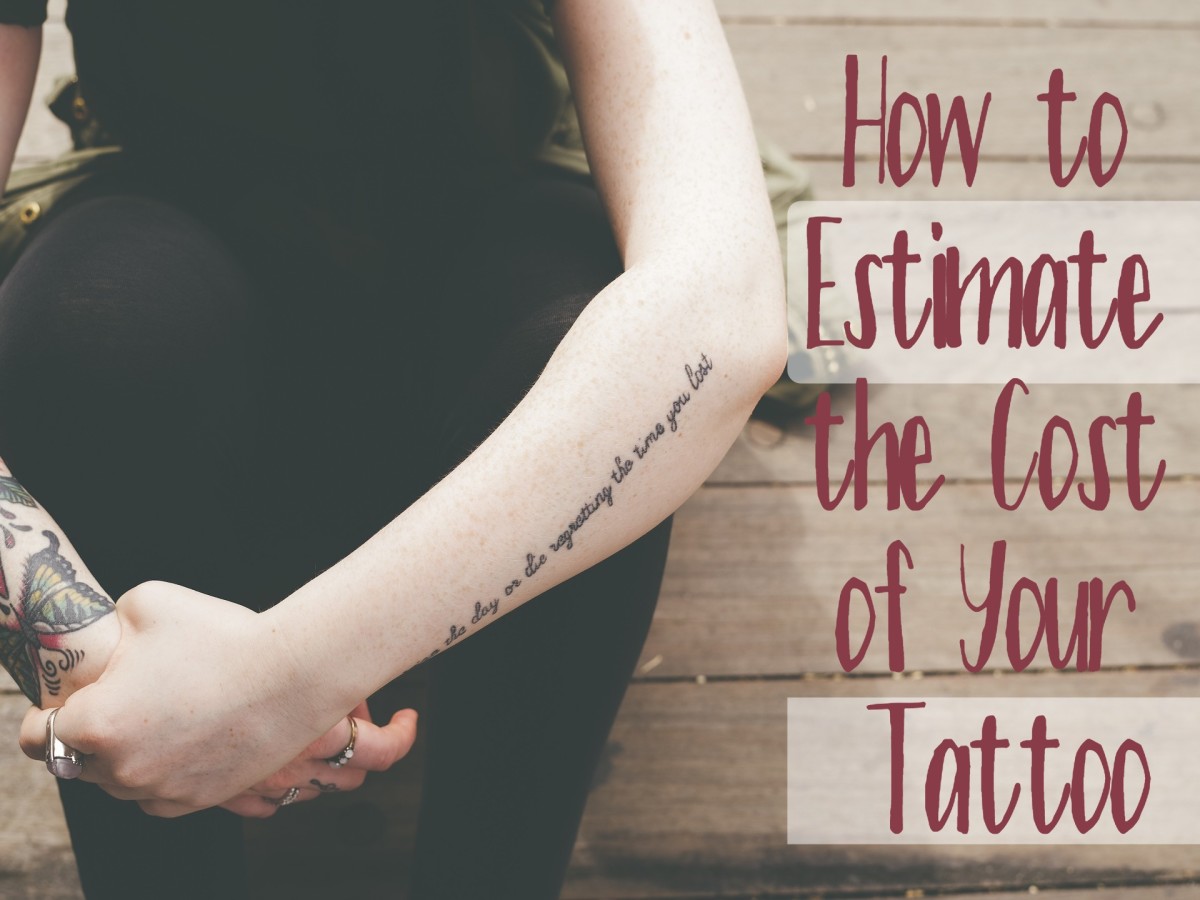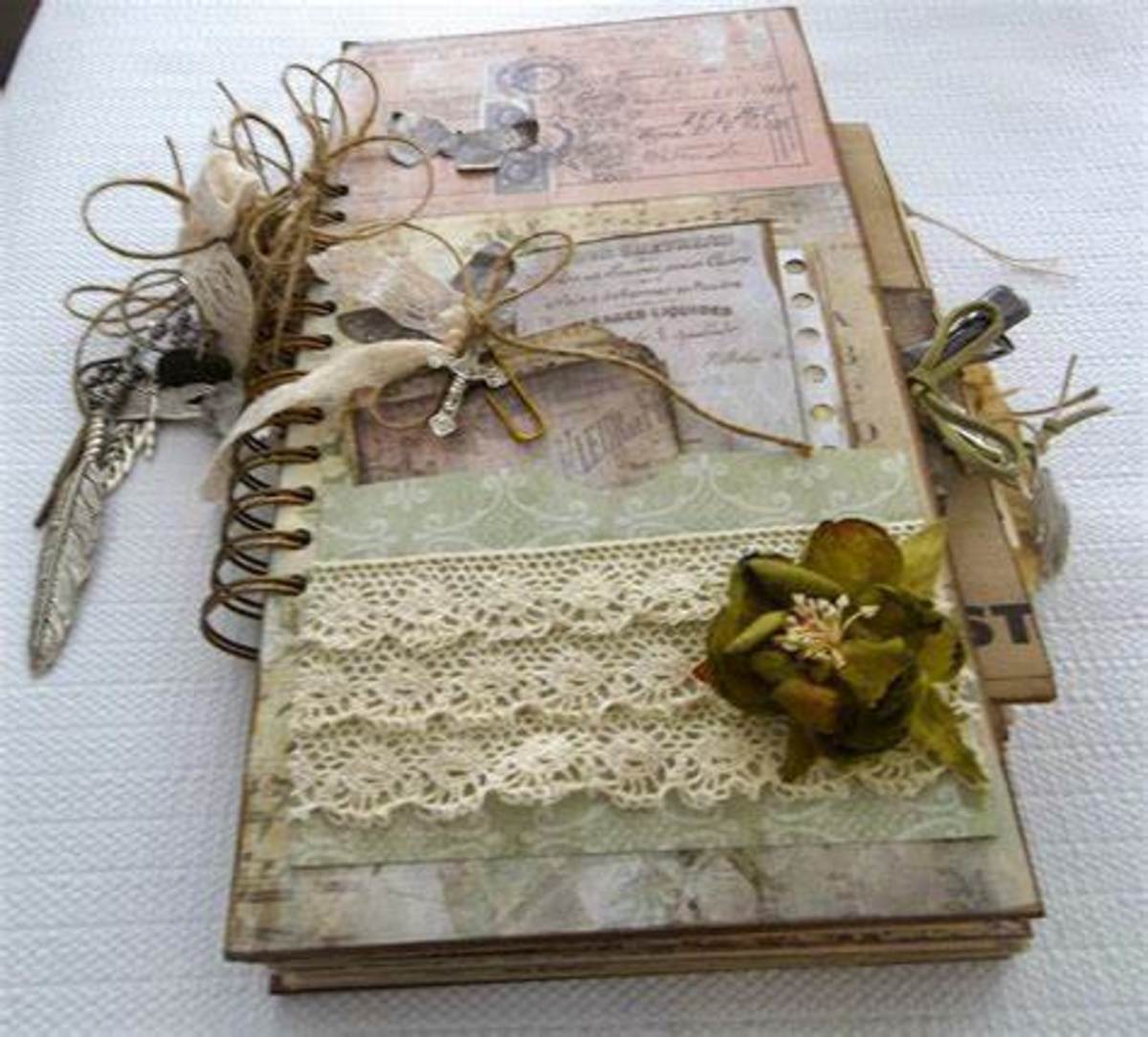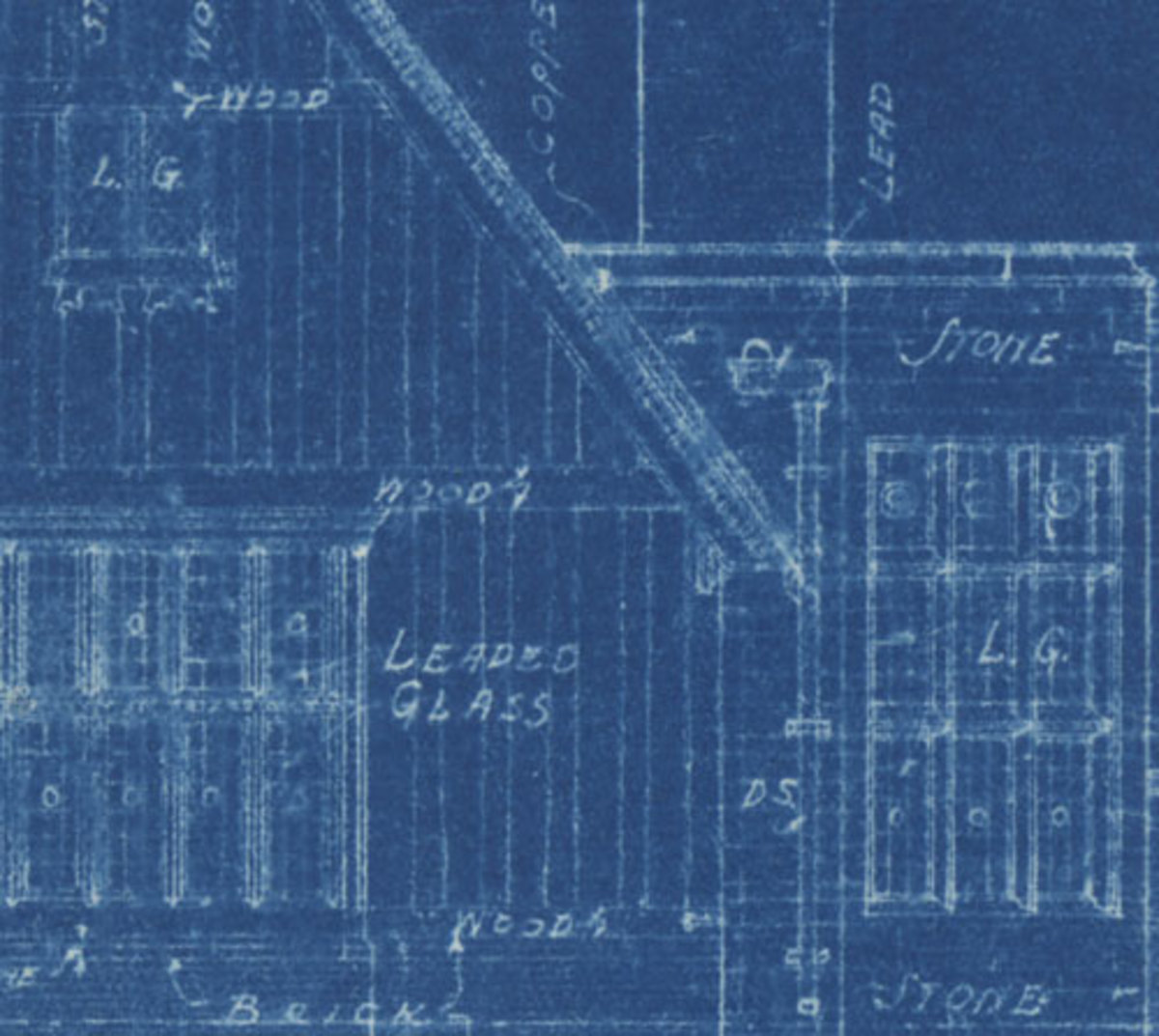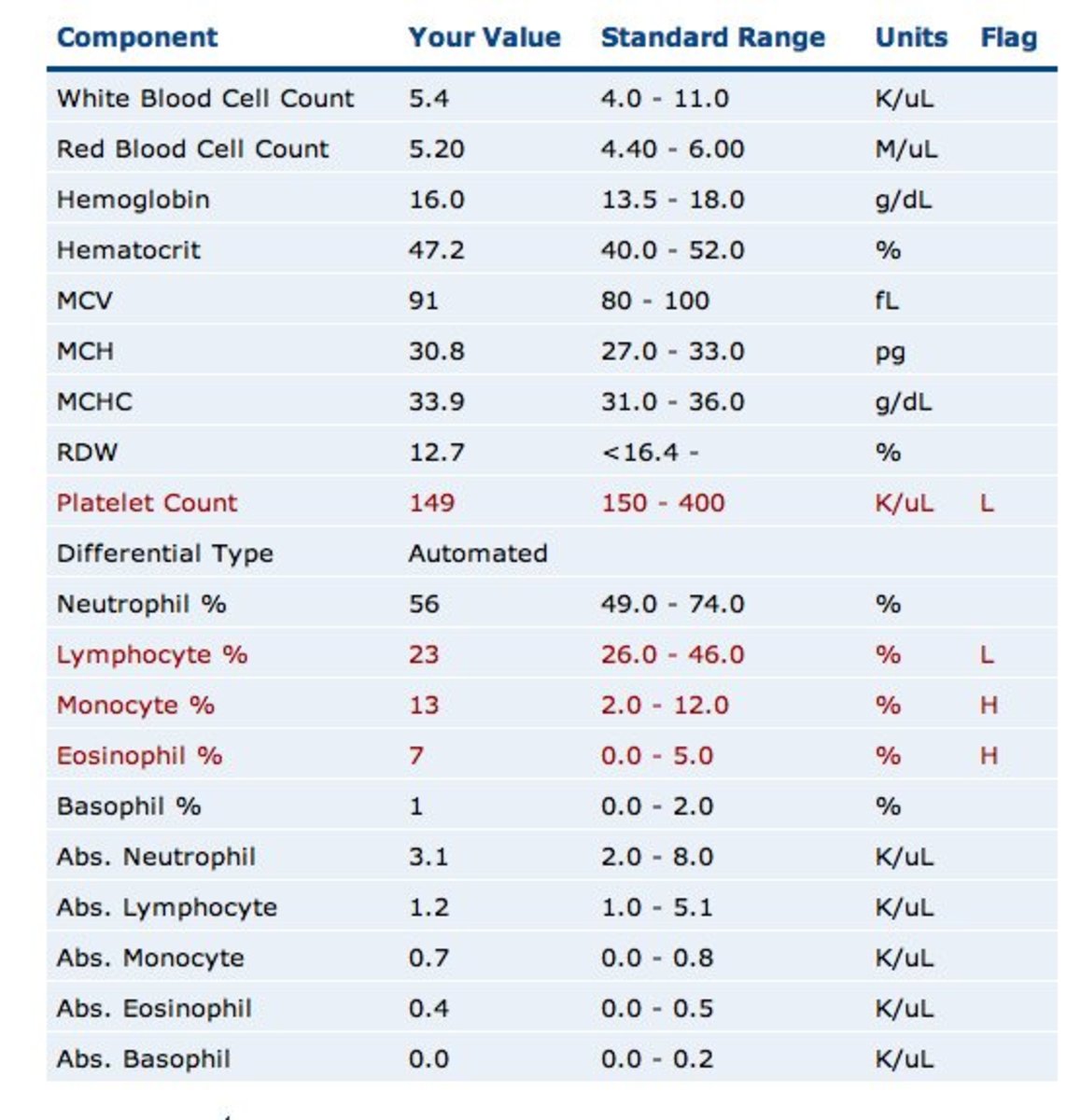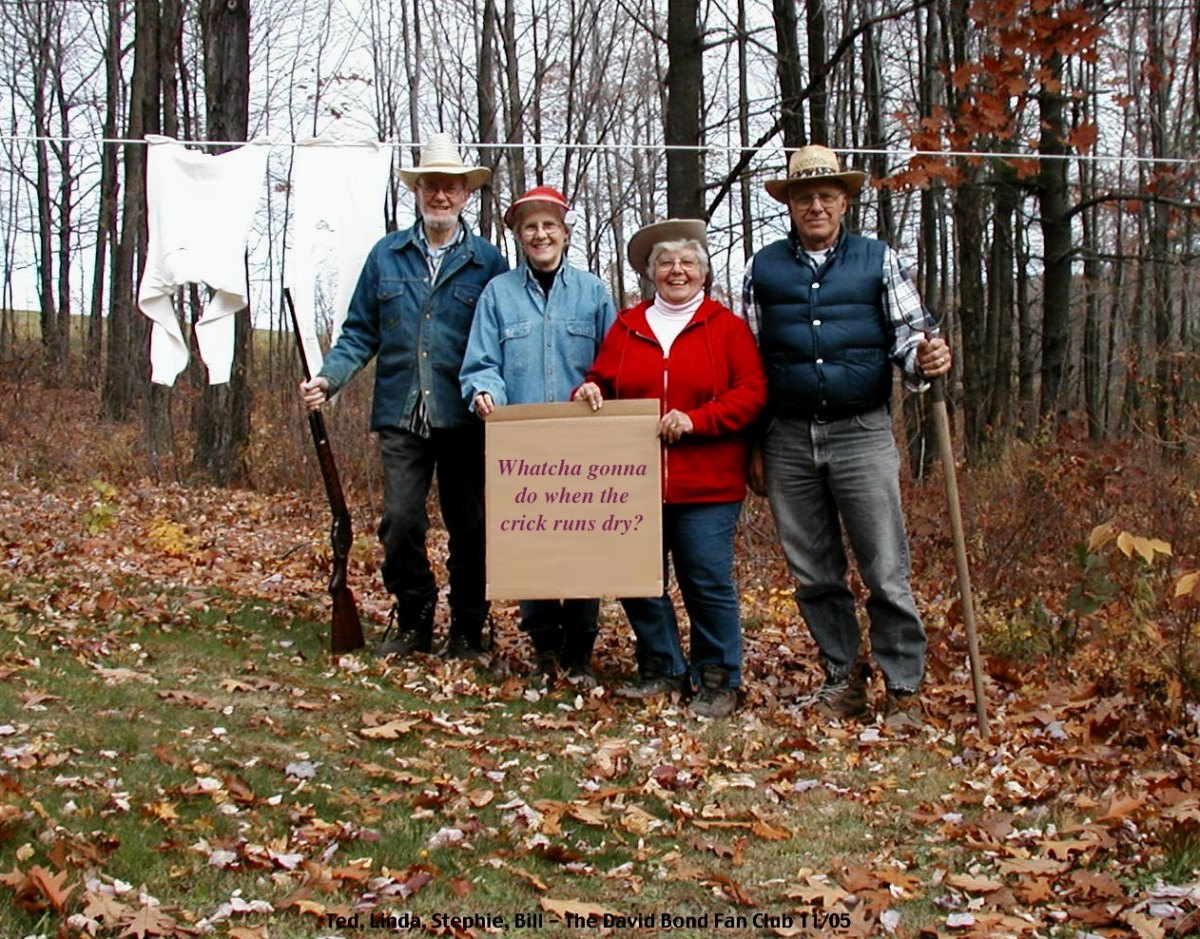How Much Does It Cost To Print A Chapbook?

If you are a writer (of either poetry or short-form fiction) you may be interested in having your work self-published as a chapbook. Chapbooks are a great way to get your writing out there, without having to make a big investment. And chapbooks have that DIY indie cred that a “real book” never can!
A typical chapbook will be printed on standard 8.5x11 paper folded in half. Eight sheets of paper makes a 32-page chapbook. Most chapbooks will have a slightly nicer paper for the cover, typically a thin cardstock paper. Although it is possible to publish in color, this GREATLY increases the cost.
The cost of your chapbook will depend on the kind of paper you choose, your binding, the number of pages, and any extra frills you order. Typically the range of chapbook publishing prices is from $2 to $10 per chapbook.
How to keep down the charge for a chapbook:
1.Order more copies. Typically the more copies you have printed, the less each chapbook will cost. But keep in mind that many people find a print run of 24-36 copies is ideal. Print too many and the storage and distribution can become unwieldy, to say the least. (Remember, you can always print more!)
2. Do your own layout. Get a copy of Adobe InDesign, Microsoft Publisher, or (in a pinch) Microsoft Word. There are chapbook templates available for free online that you can use with these programs. It’s a little more work for you, and it may require a learning curve, but if you can simply hand over a digital file that’s ready to print, it will save you a small fortune in prep costs.
3. Shop around! Don’t just pick the first printer that comes to hand. Request quotes from several local independent print shops, chain stores like FedEx/Kinkos and Office Max, and online publishing houses like ExLibris and Lulu.
4. Skip the ISBN. Most printers will hook you up with an ISBN… for an additional fee. The ISBN number may make you feel like your chapbook is more legitimate, but it provides little benefit beyond that. Your readers won’t even notice if your chapbook has an ISBN or not. Forgo the ego boost, and pass on the ISBN.
5. Choose the cheapest binding. “Perfect binding” is a glued binding, like National Geographic or a “real” paperback book. It’s the fanciest, and by far the most expensive. (Plastic comb binding is also expensive, although it’s a good choice for something like a cookbook, where it’s helpful for the book to lay flat on a table.) Next in cost is saddle stitching, where your pages are sewn together with thread. Cheapest of all is a simple stapled binding.
6. Make it yourself! It’s a lot cheaper to print out double-sided copies, then collate and staple them yourself by hand. You will need an extra-long stapler, a bone folder, several free evenings, and hand lotion for the inevitable chapped and paper-cut fingers. (I find that wine helps with the paper cuts. It doesn’t make them better… but it makes you care less.)

